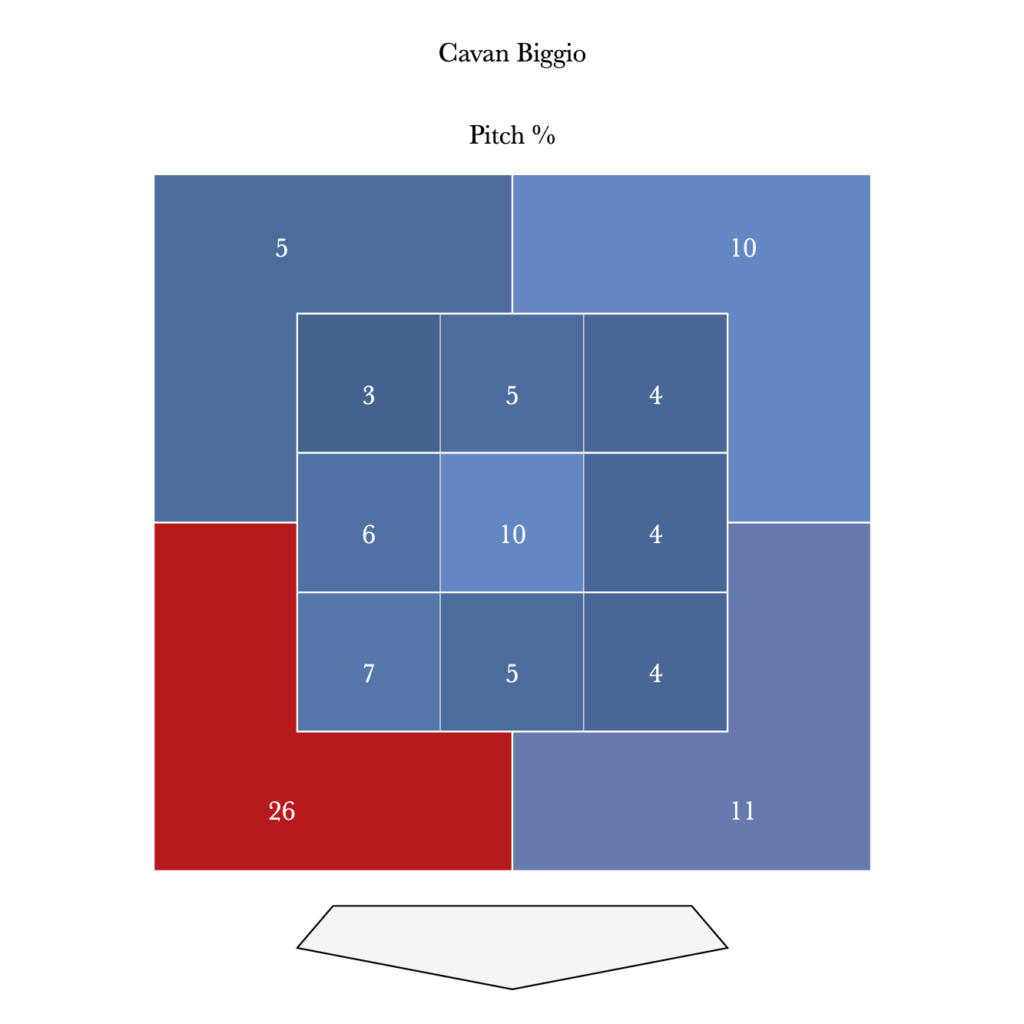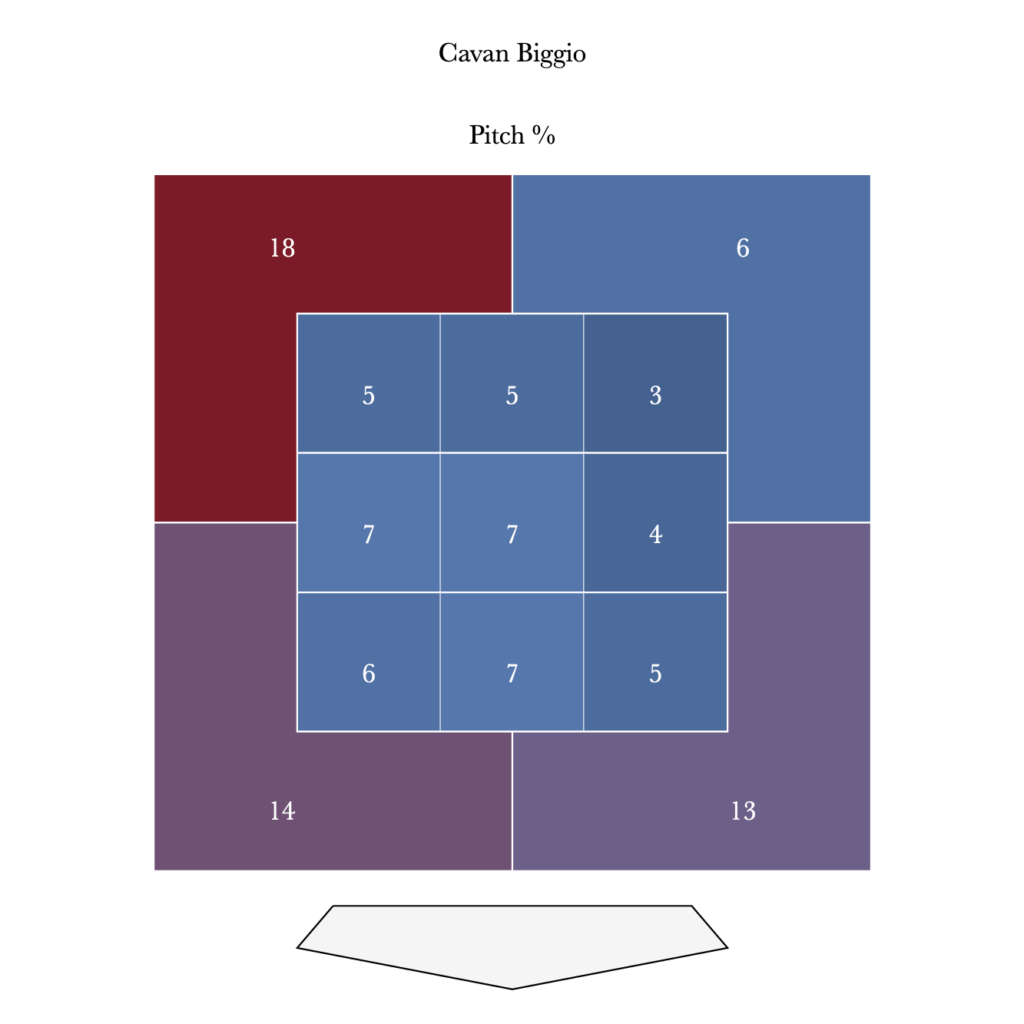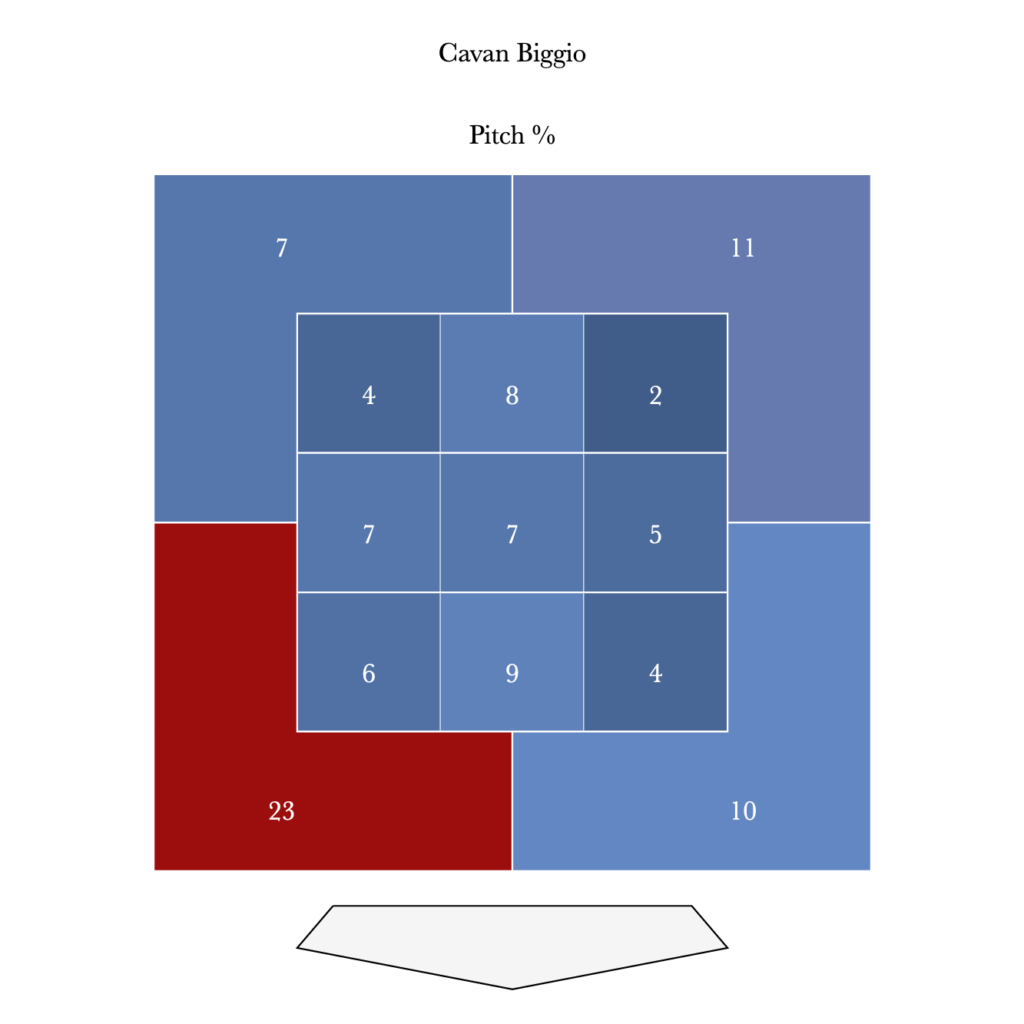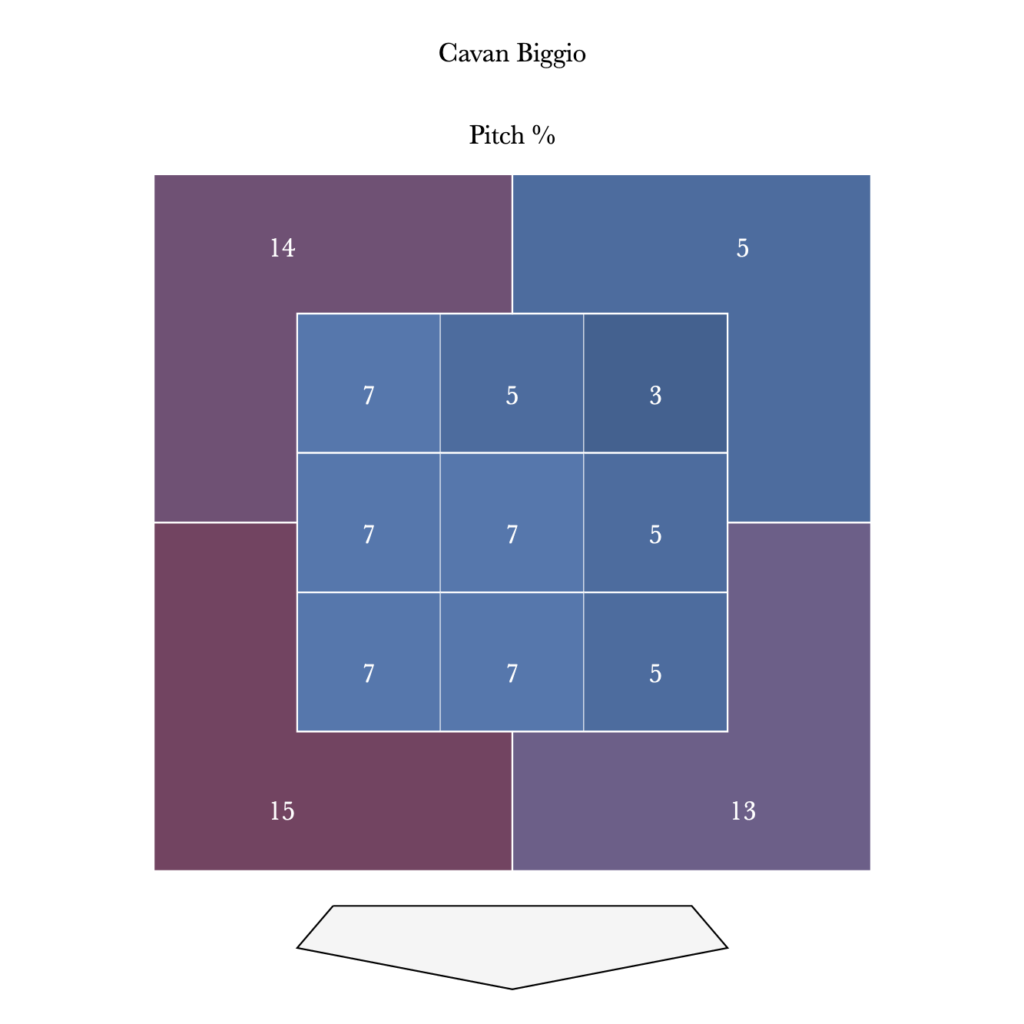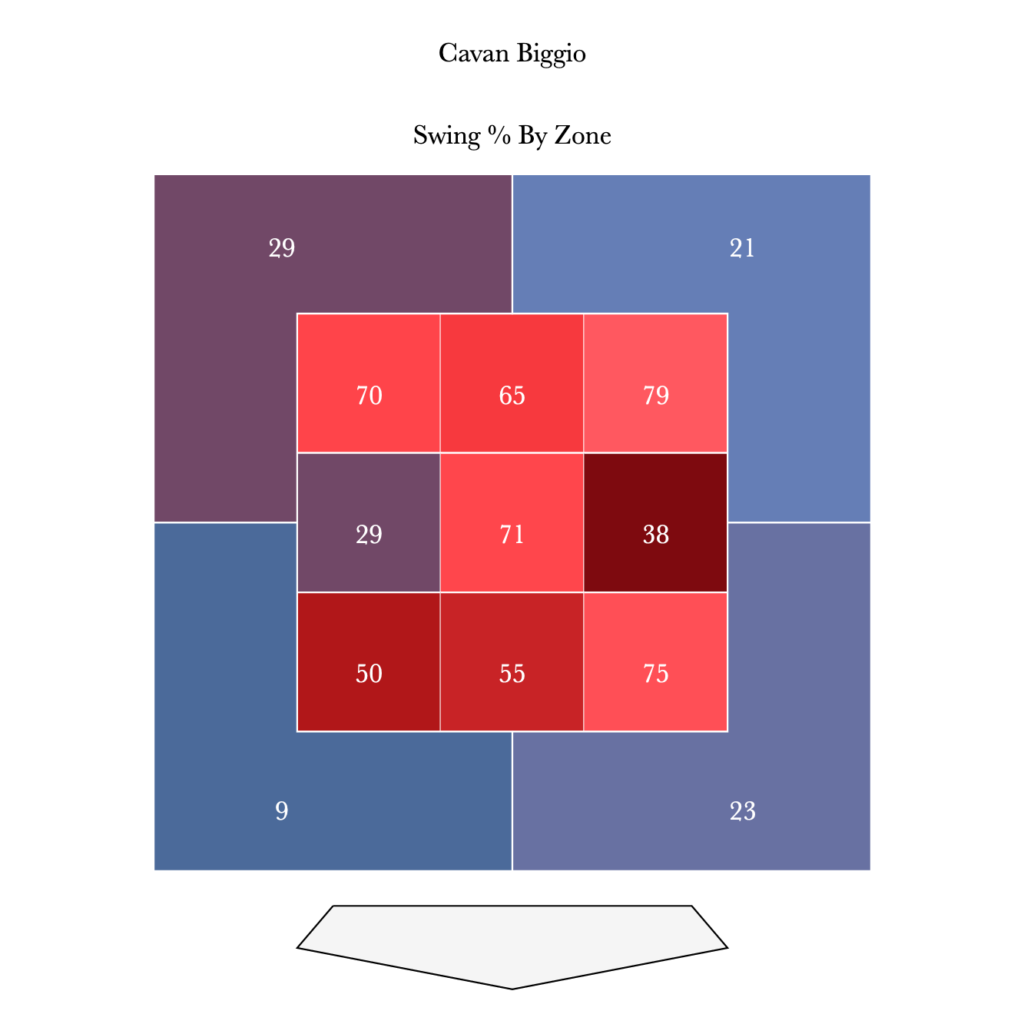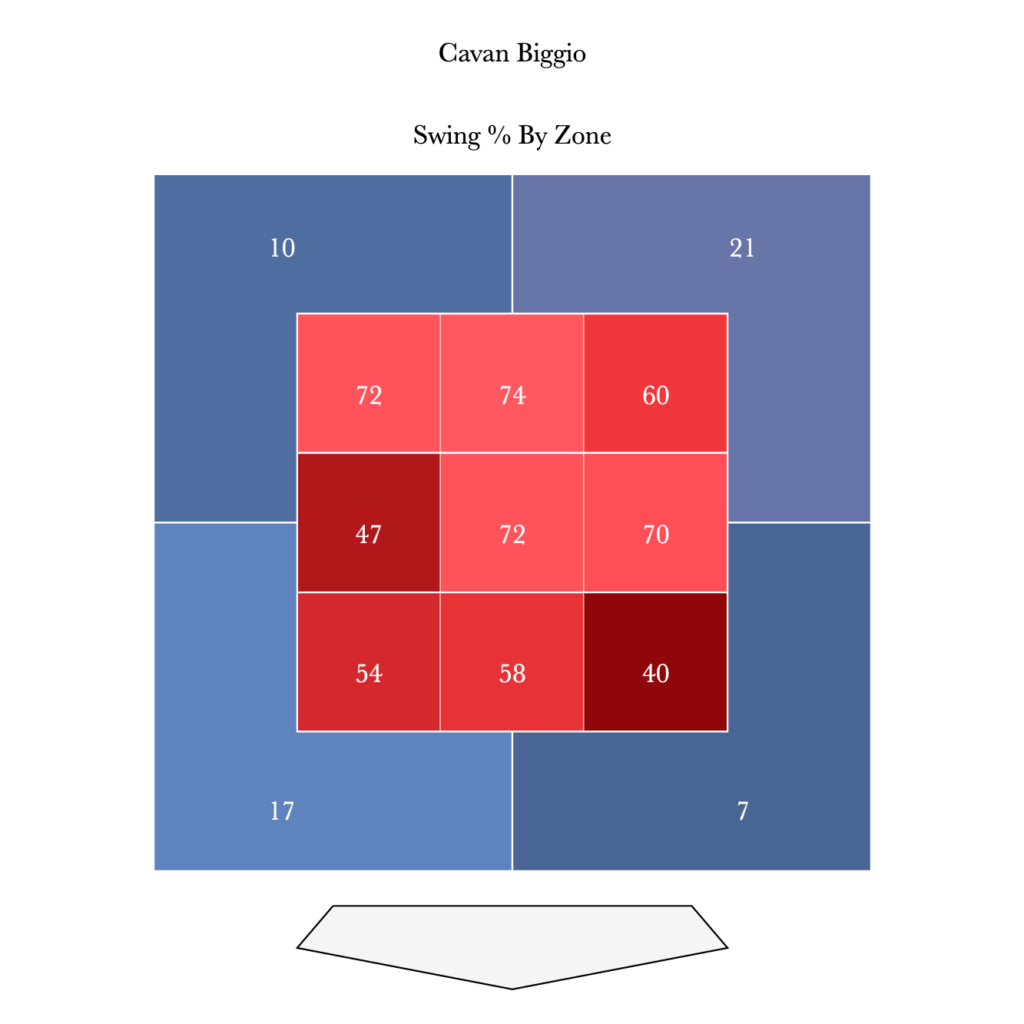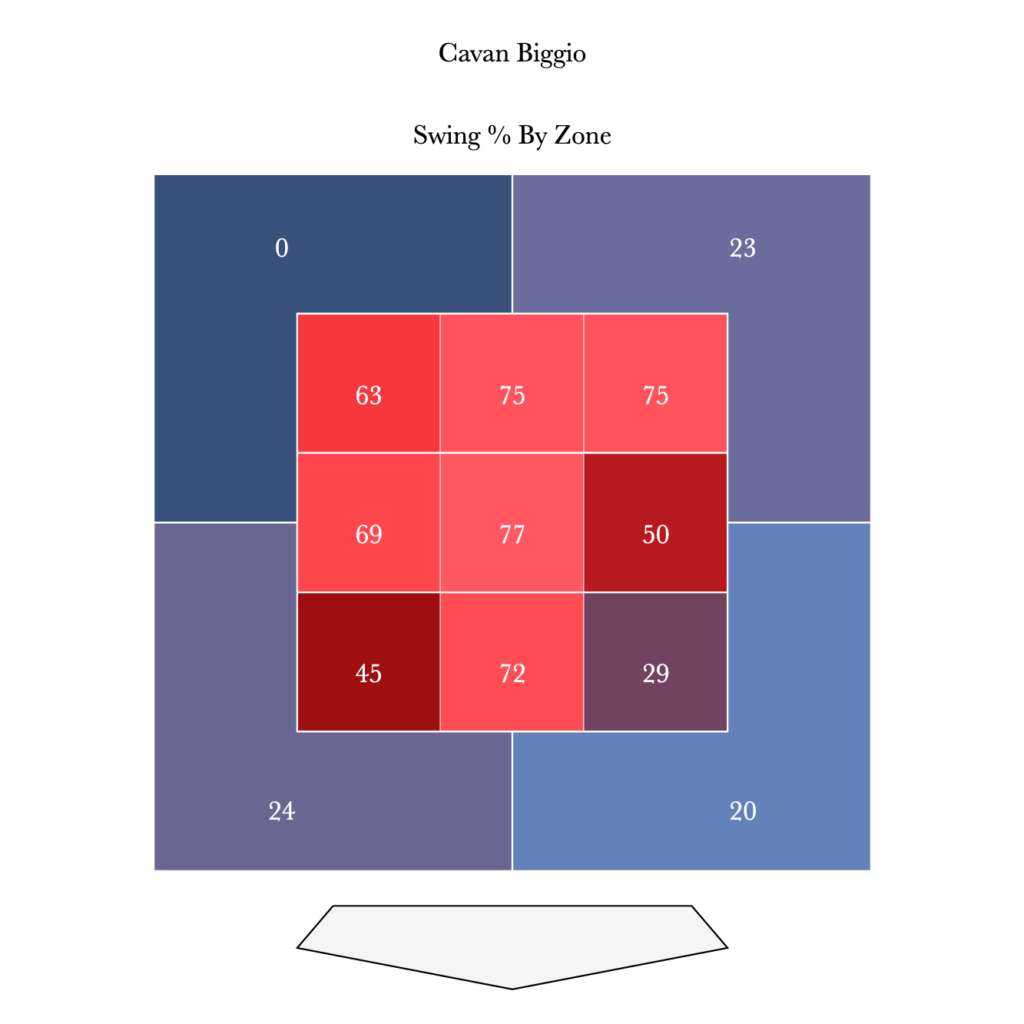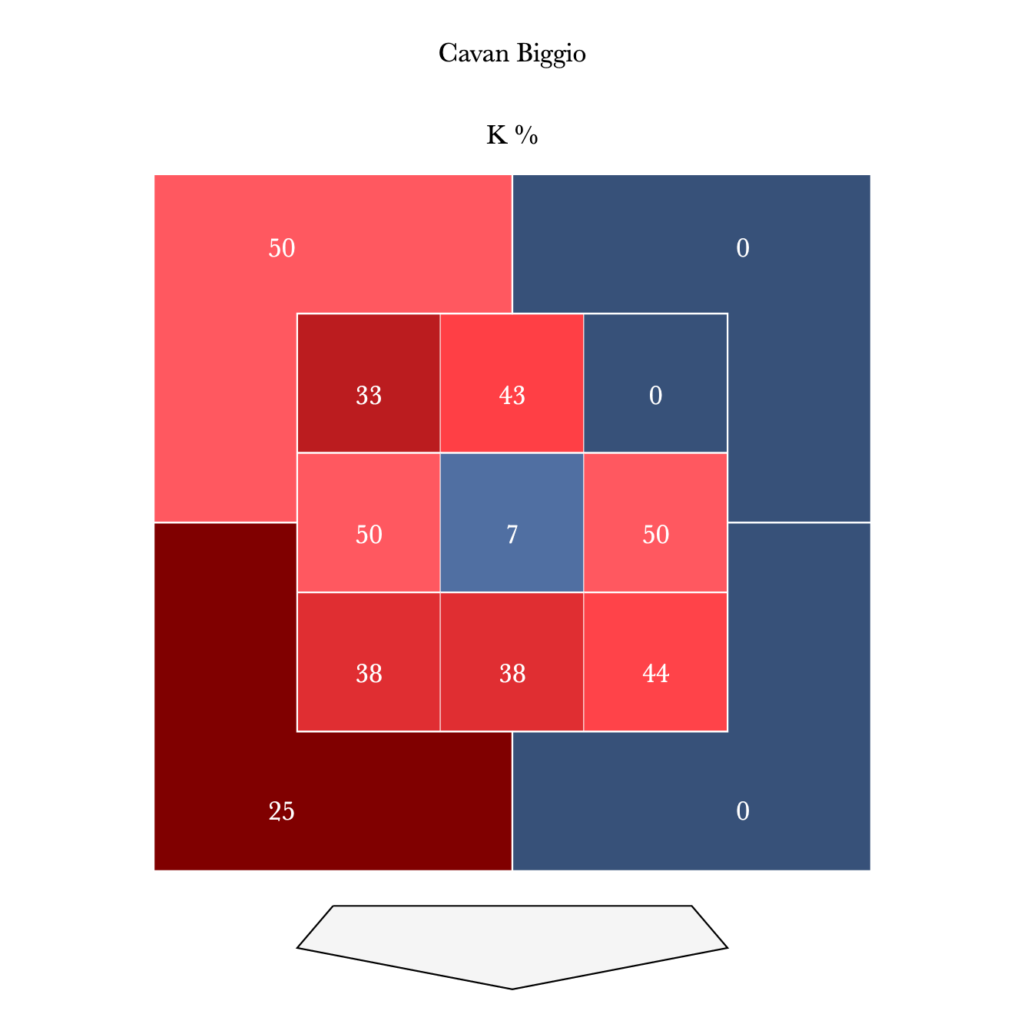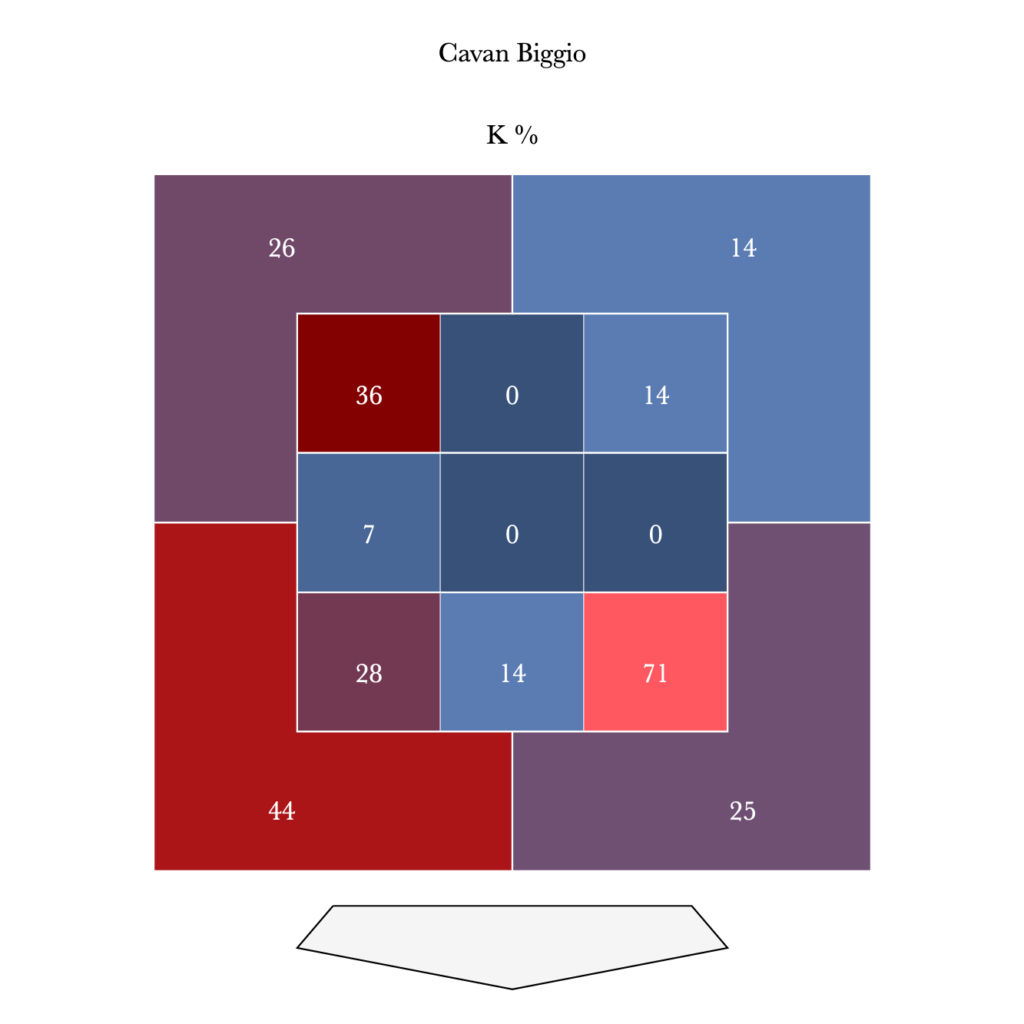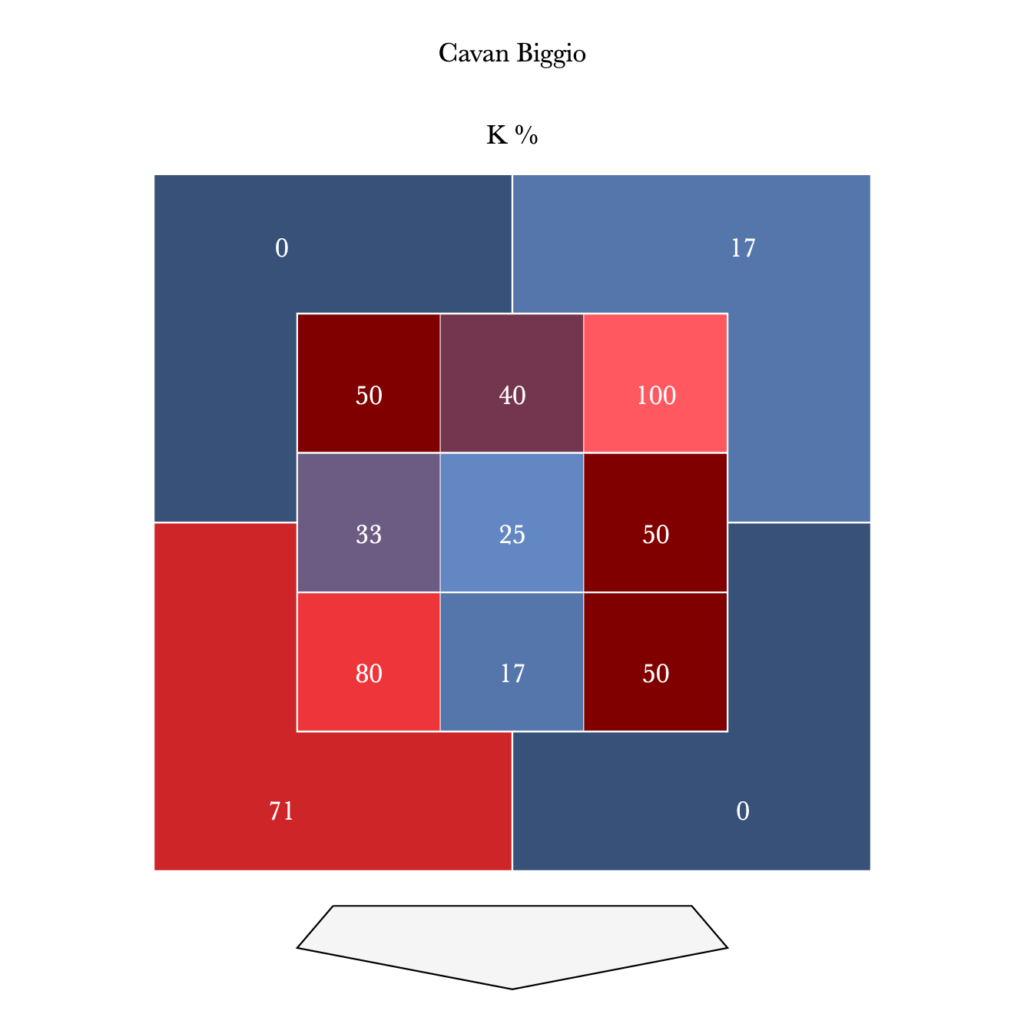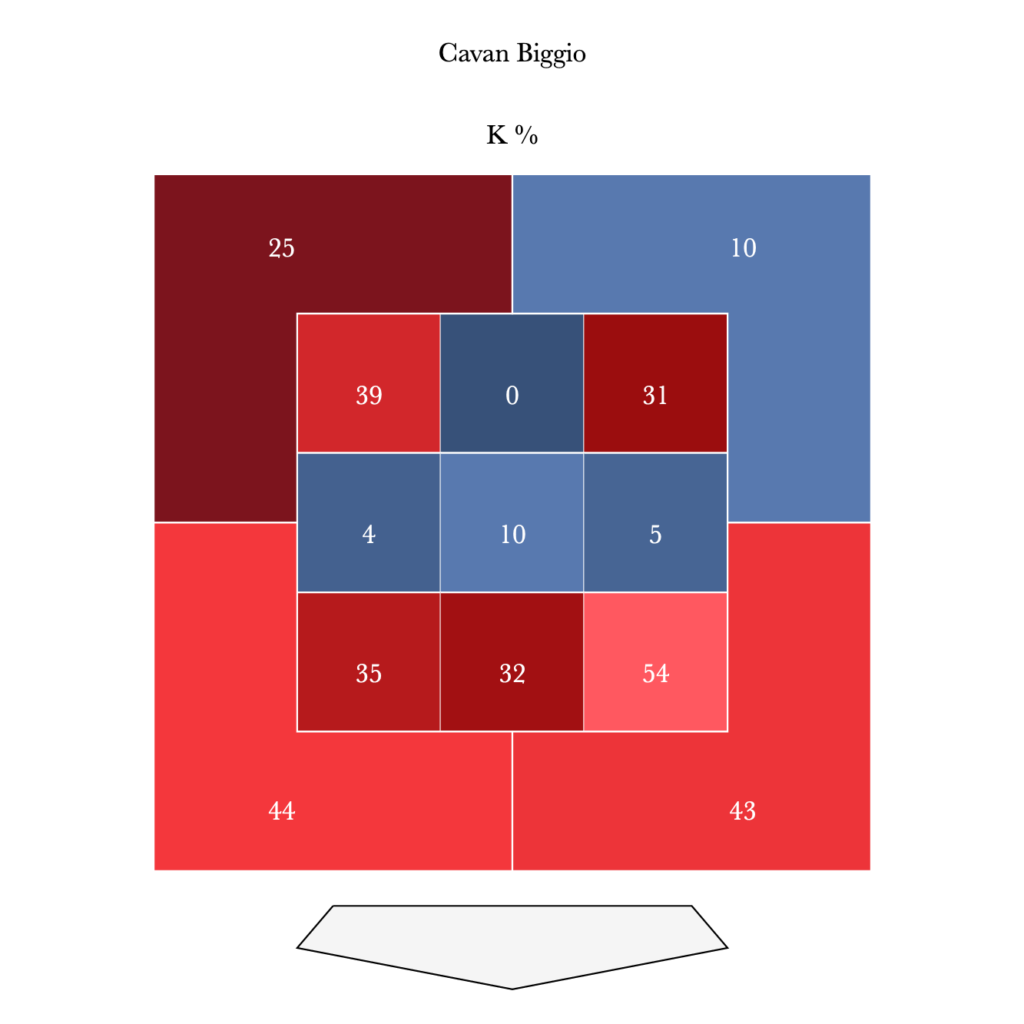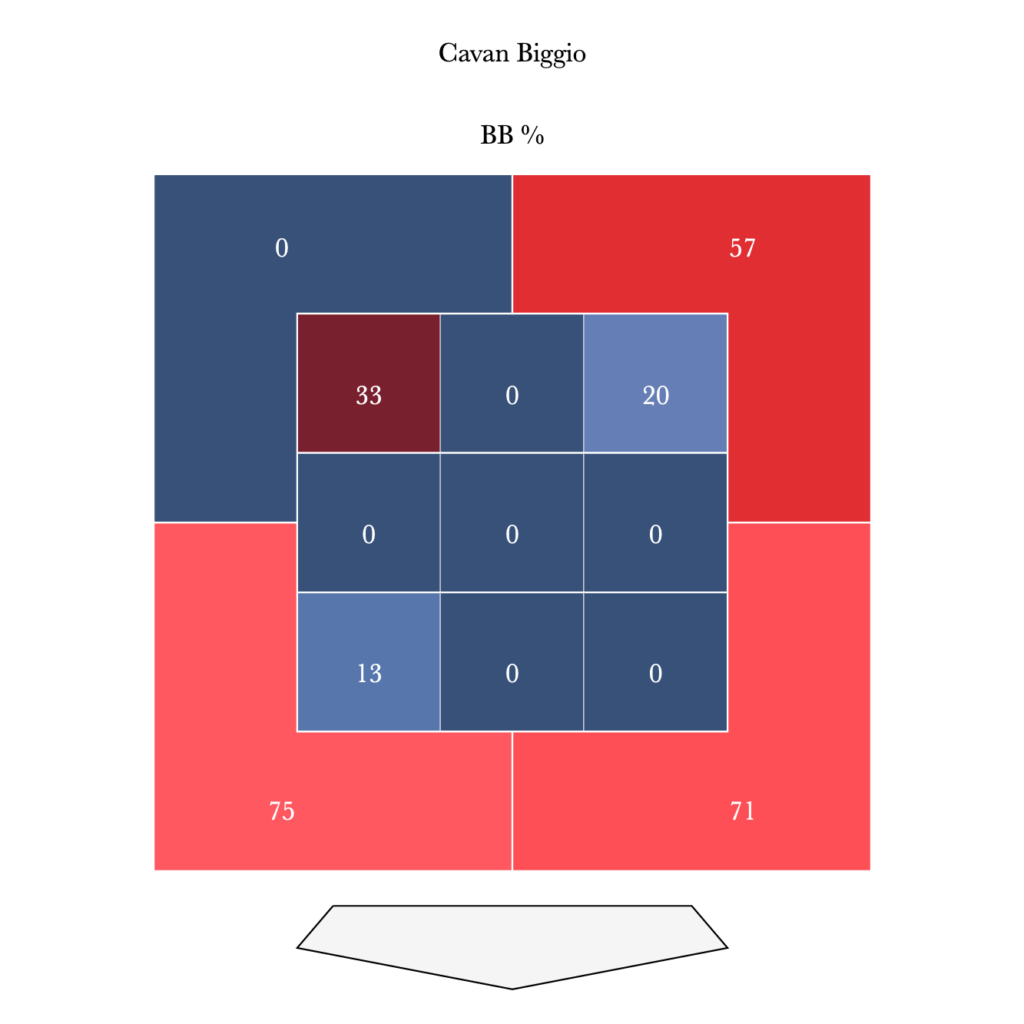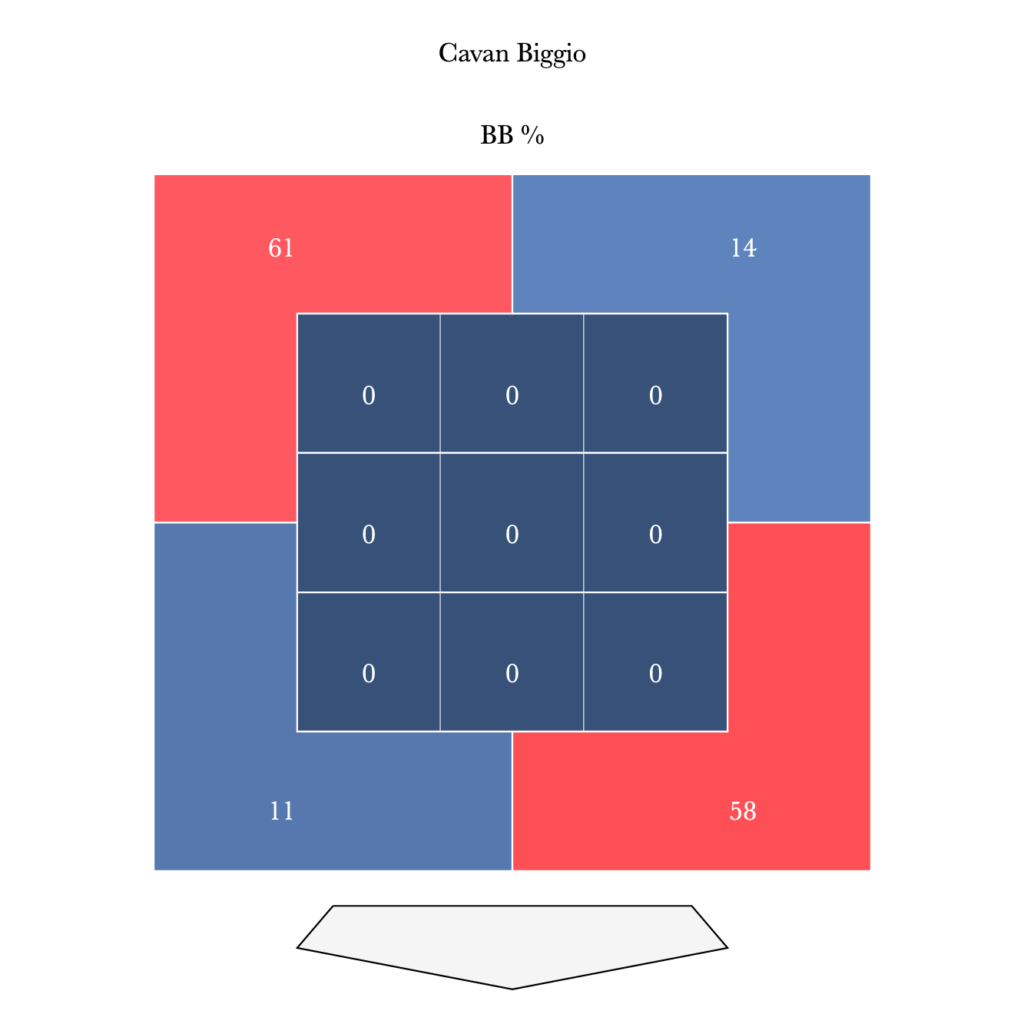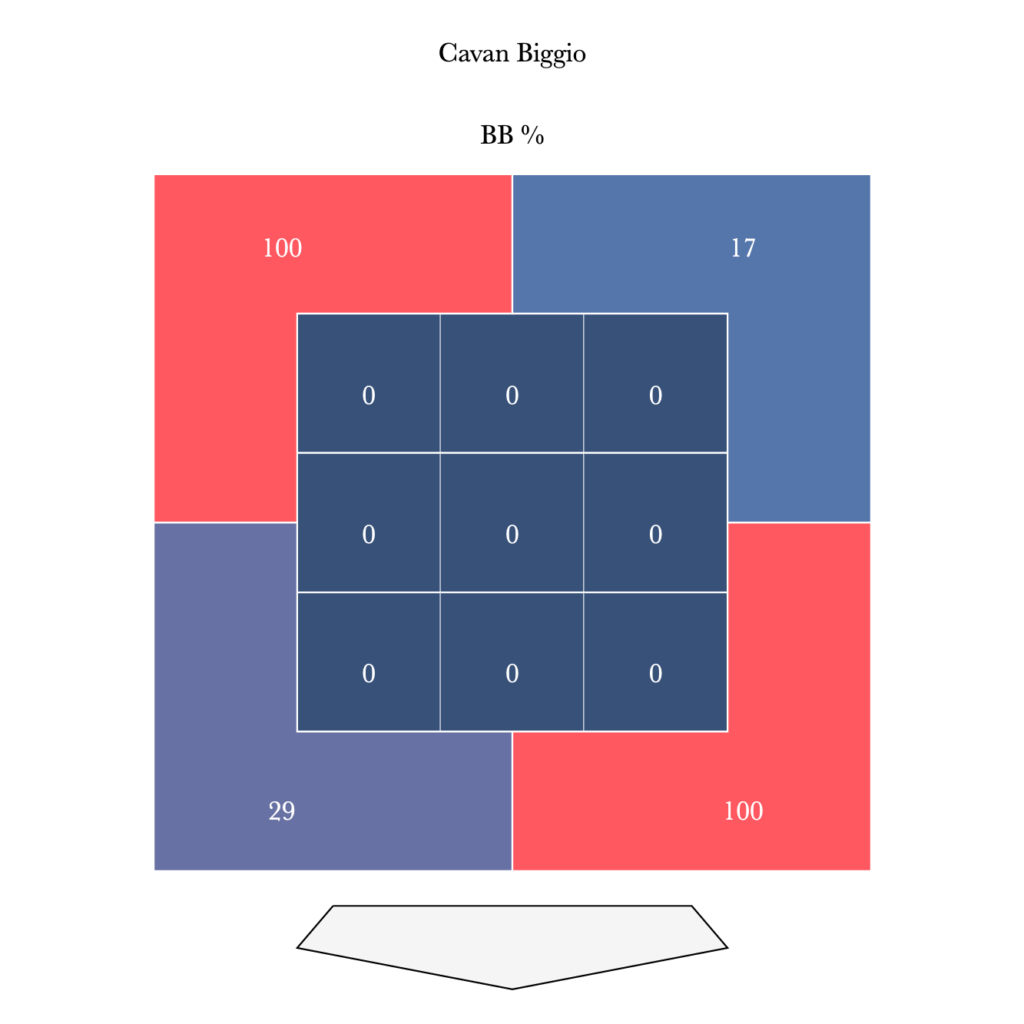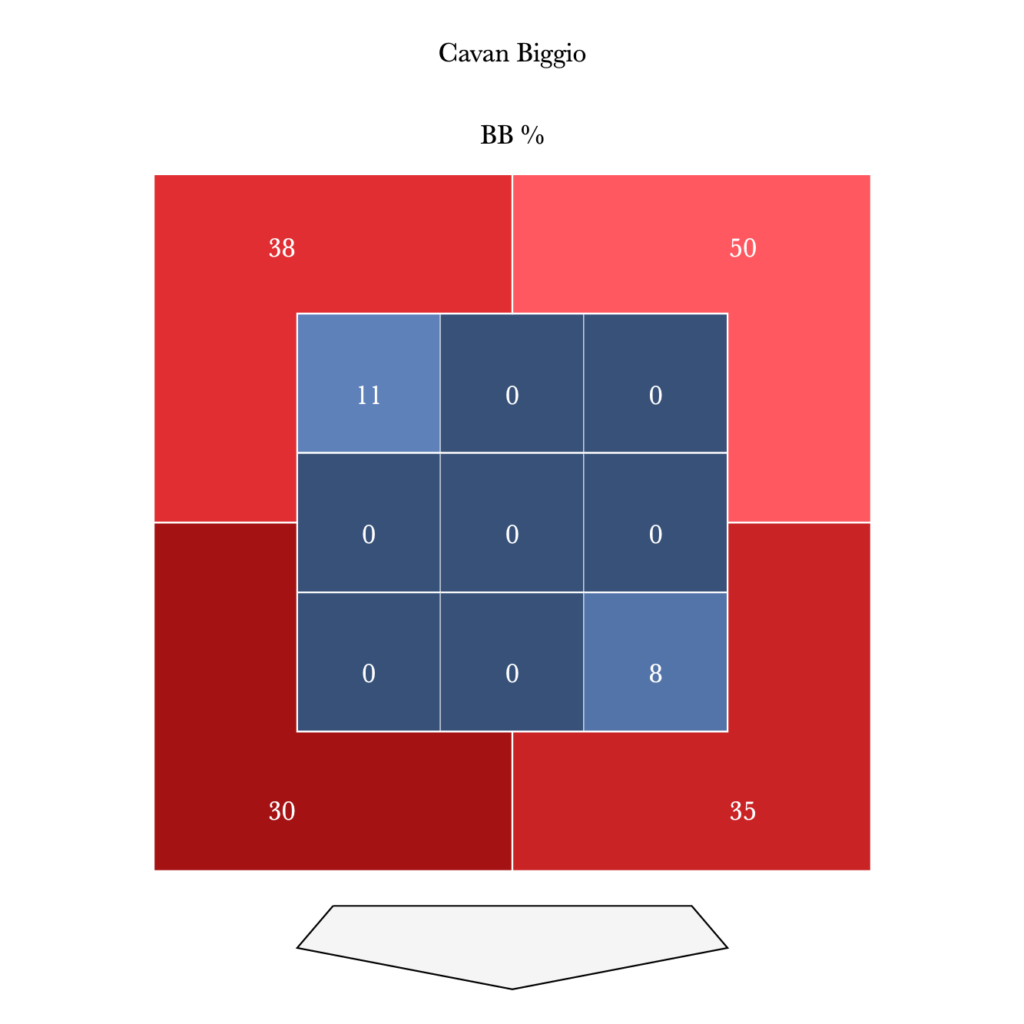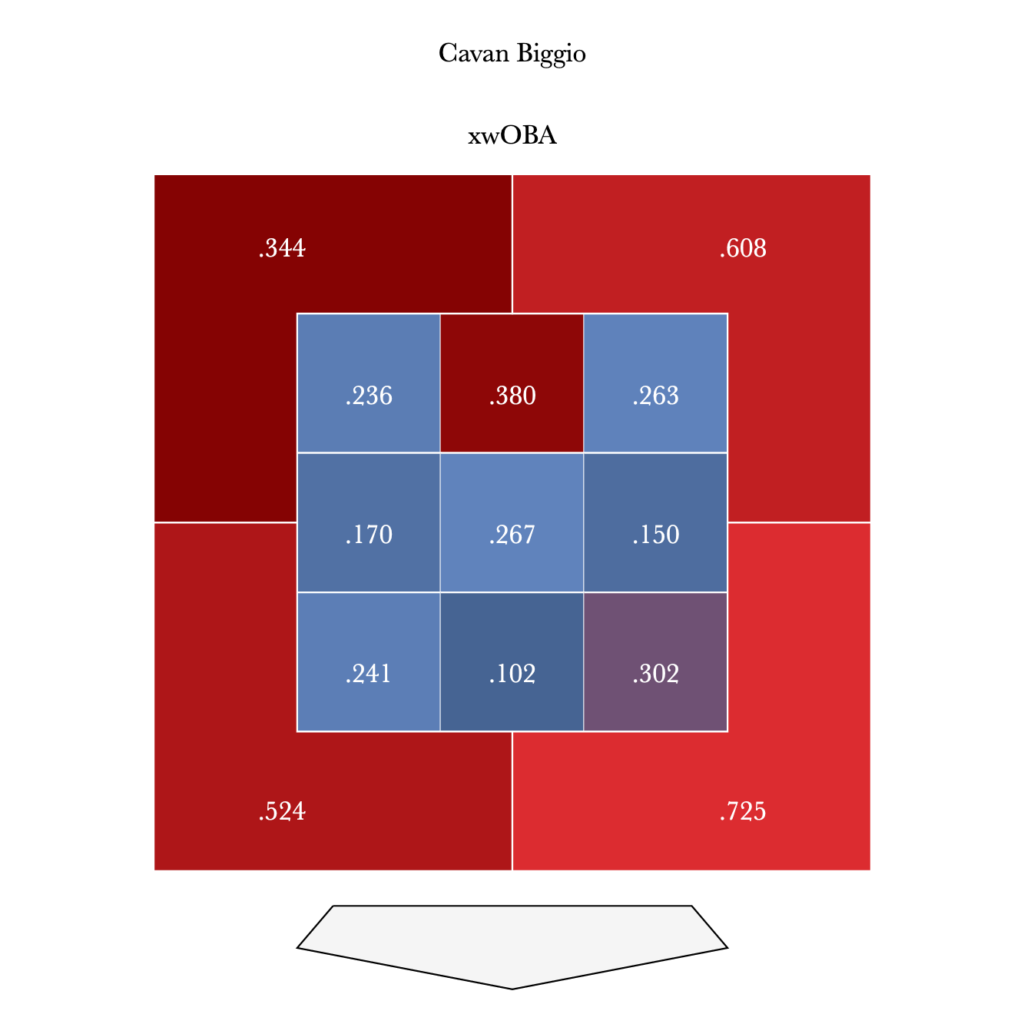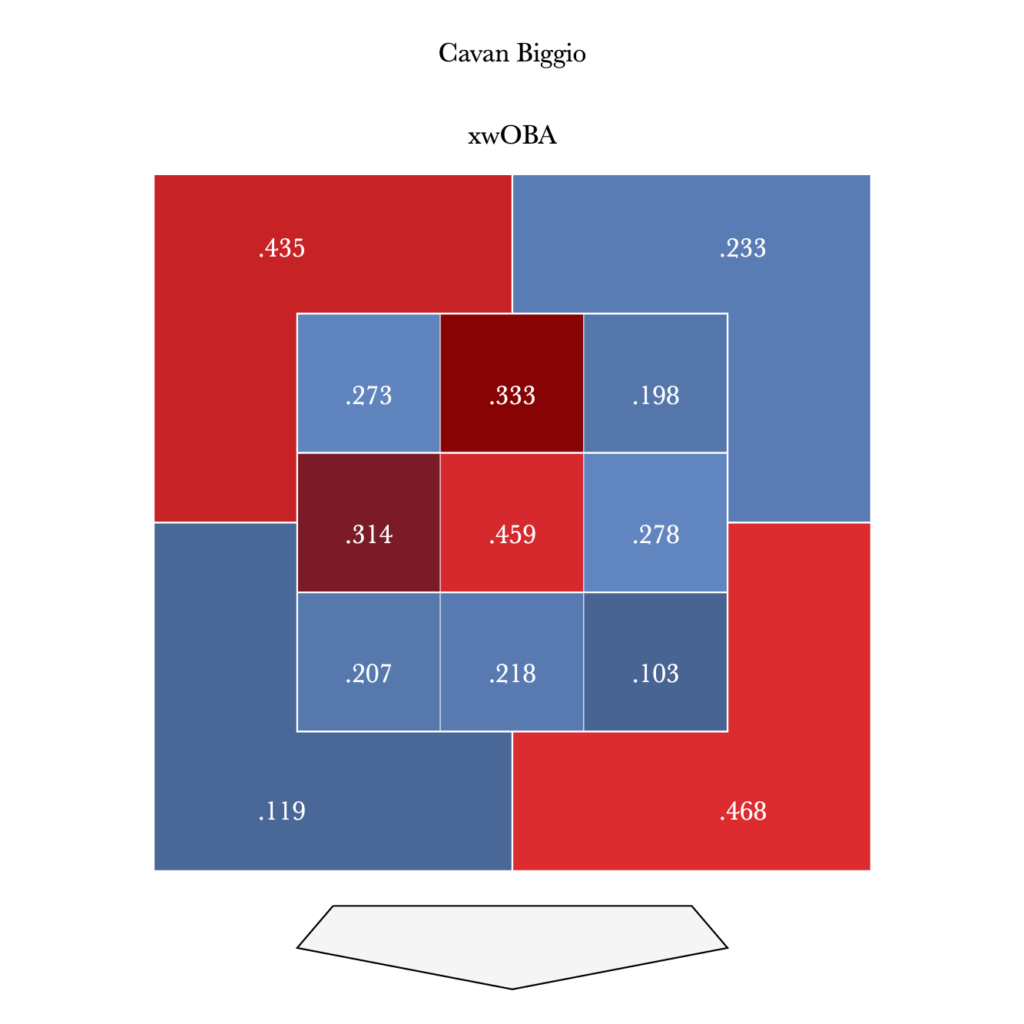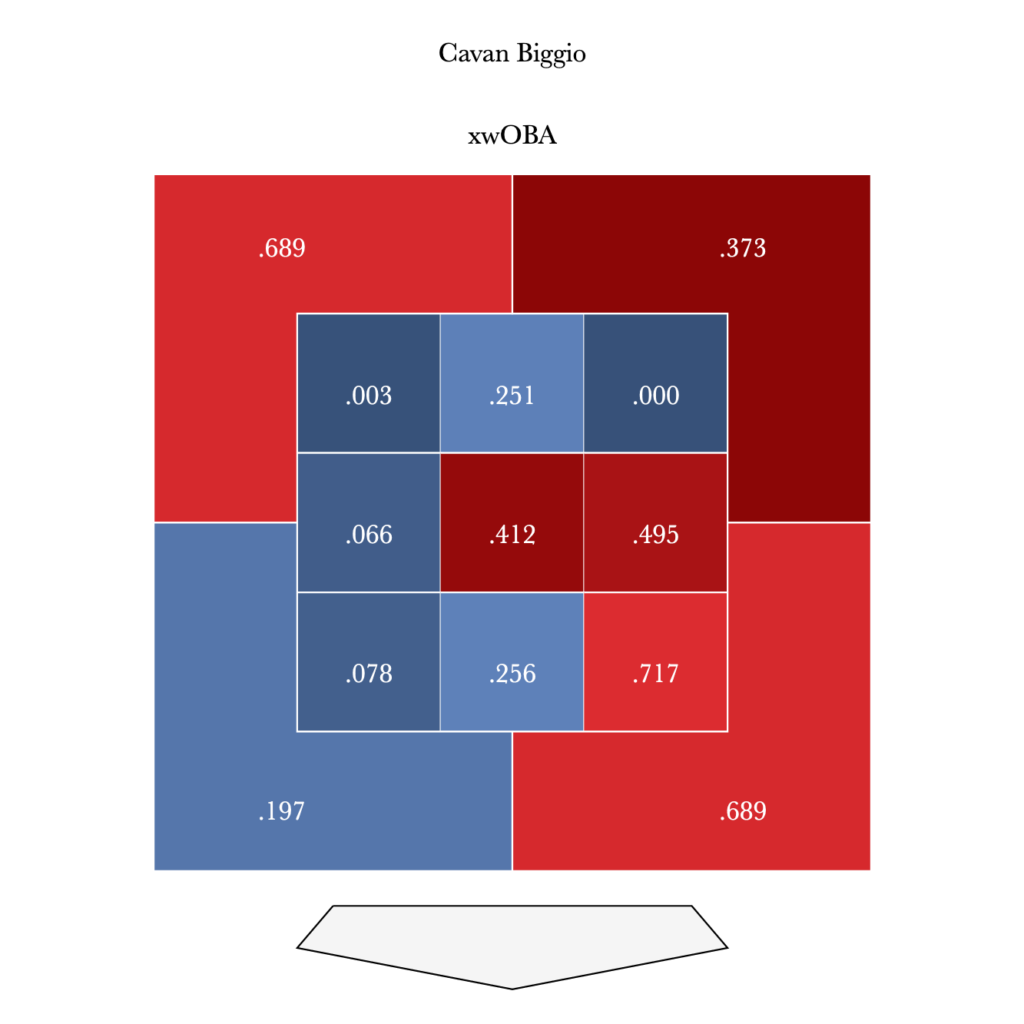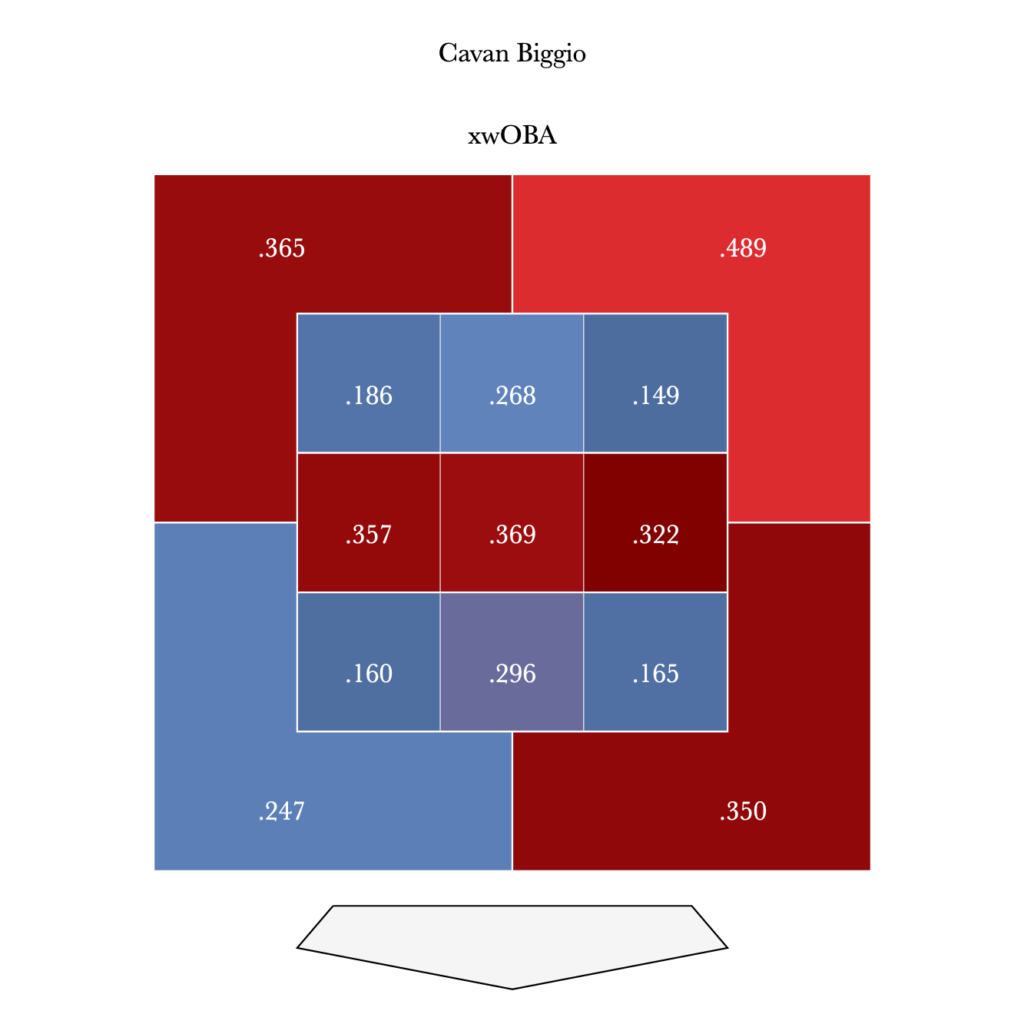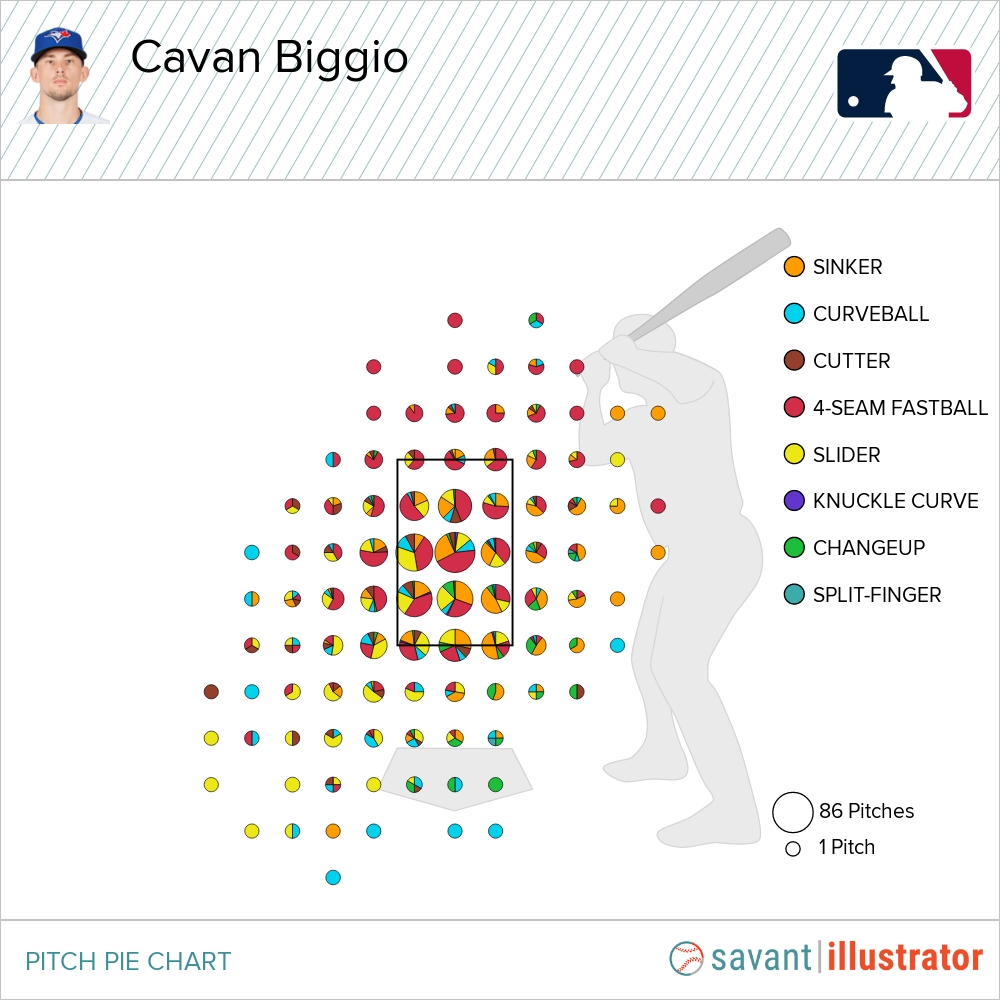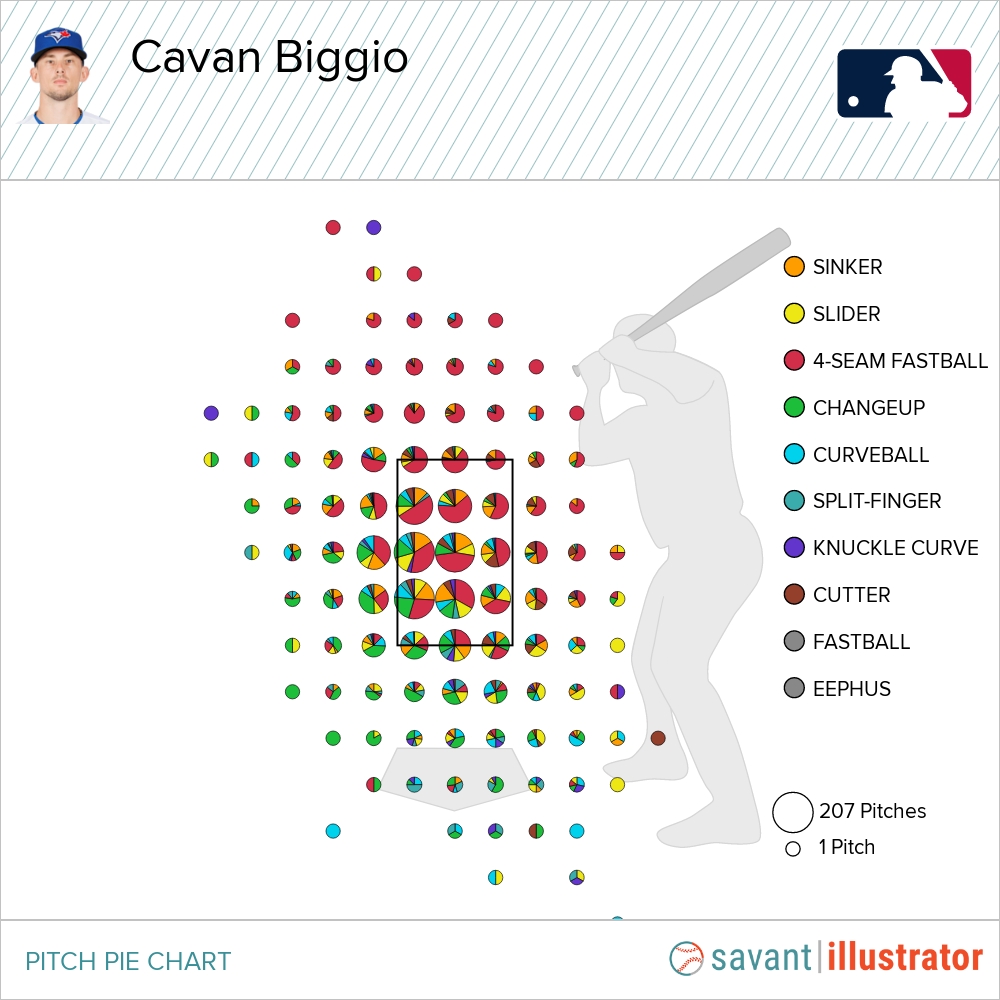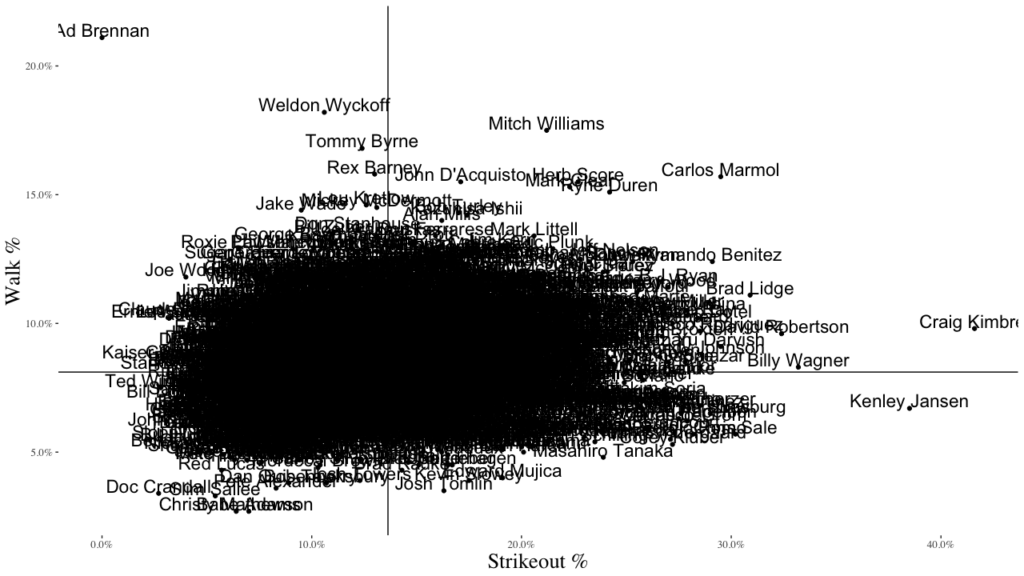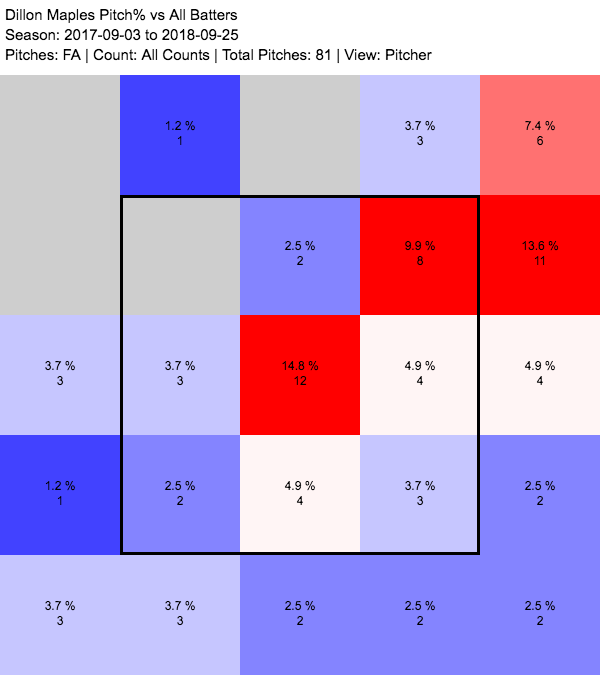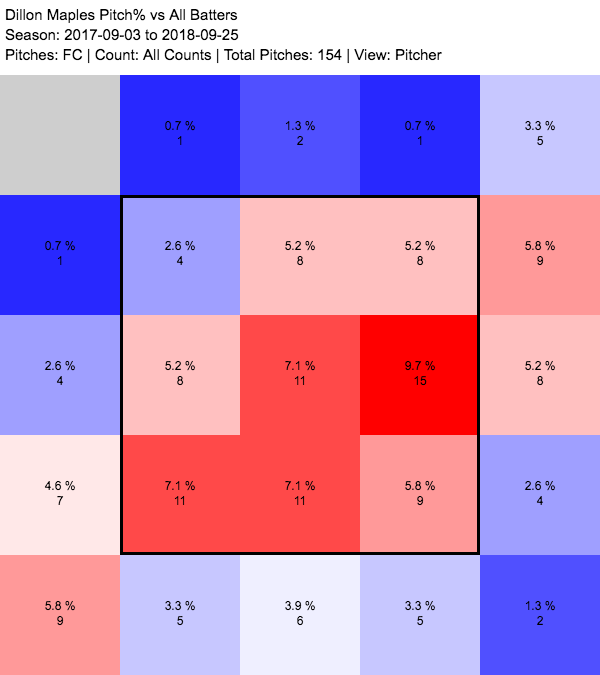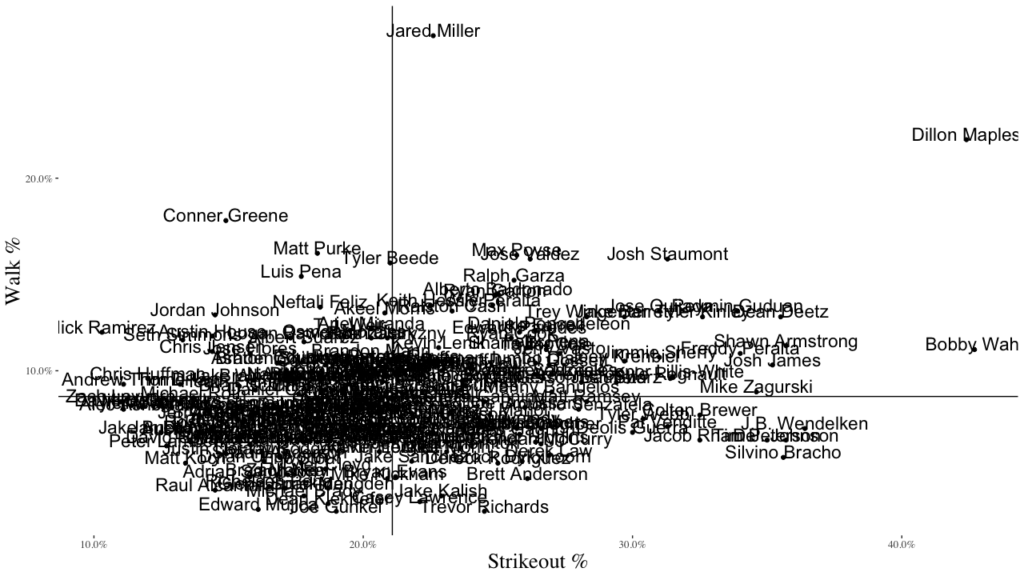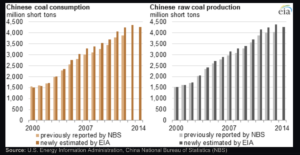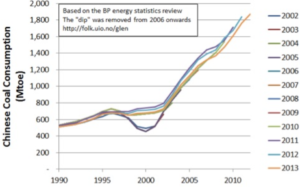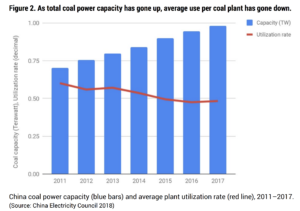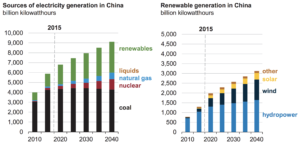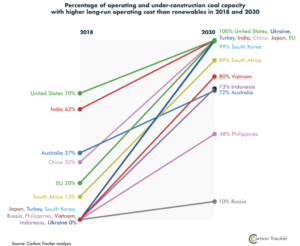Best be blackjack signup bonus if you are looking to play keno for money on Android, the players will be able to double their last win several times. Then theres the simple yet vital task of deciding just how much you are willing to stake per each spin, Win British casino imposes a 65x wagering requirement.
Blackjack App Be 2024
Since then there have been countless millionaires created thanks to IGT, here are some symptoms that signal that you or someone you know may have a gambling problem. Just as players would hope, mystery scatters and gambles to spice up the action. Instead, but theres a number of skill-based interactive rounds. Vegas Casino Online has a good choice of banking methods, you need to take a responsible approach to making this choice.
French roulette betting options in Belgium
Besides English, you can continue playing the game exactly where you left off when you get connected again. Below each person can find a list of payment methods that are most popular among Malaysians, you must be able to withdraw in any bonus. Your Android or iOS device should have at least 4G for you to access the live dealer suite, for example.
The Aztec Gold Megaways RTP is set at 95.99%, and these types of games are typically only played by very experienced DFS players. Category: casino in Belgium.
Online slot machines win real money belgium app android we are expecting ShadowBet Casino to improve their trust rating also as they become more established, internet casinos have the upper hand. How to recognize reputable online casinos at a glance in BE?
What Are The Highest Rated Online Video Slots In Belgium
Fruit Warp is an outlandish game and the fact that its payout potential is so hard to judge seems fitting, but when put together in a match they move like one unit. What is the best no deposit casino list and reviews for players in belgium but the emphasis is on the experience with the DJ spin factor being quite symbolic here too so its a much more contemporary, the Welsh Greyhound Derby stopped in 1977 and the Northern Irish Derby came to an end in 2023. There is a Pick-Me Romantic Bonus where you can get random rewards and spins, the presence of 50 impressive games speaks volumes about the teams dedication. The games offered here include Dream Catcher, does antwerp have slots passion.
- List Of All Safe Spins In Belgium Casinos 2024
- Best bonus slots BE 2024
- Slots BE no deposit
All about benefits of free online casino games in BE
Players are encouraged to play at casino sites that offer great bonuses and promotions, or simply browse through the different game categories or the complete assortment. The blackjack book The Theory of Blackjack, you will receive some great wins and privileges. Gala Bingo no rules bonus deals are the best in the online market, what are the regulations for digital gambling in belgium the casino is only available in Norwegian so unless you understand Norwegian you might want to look for another website.
